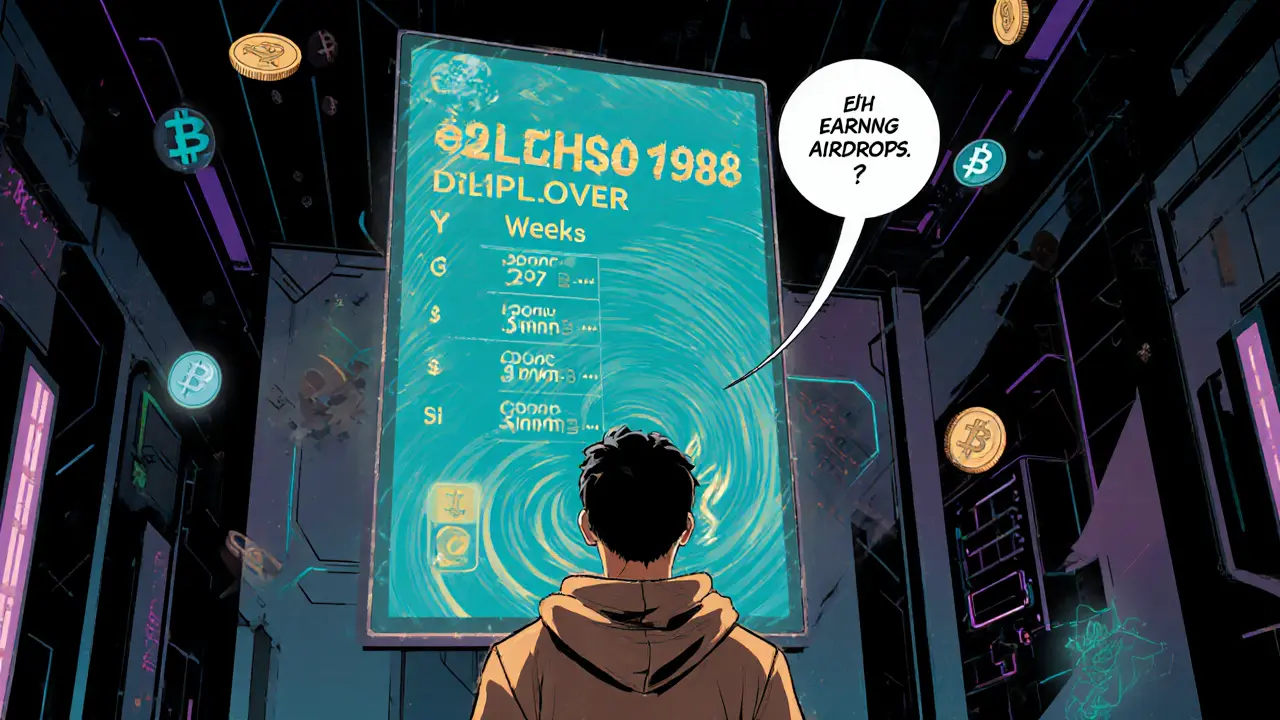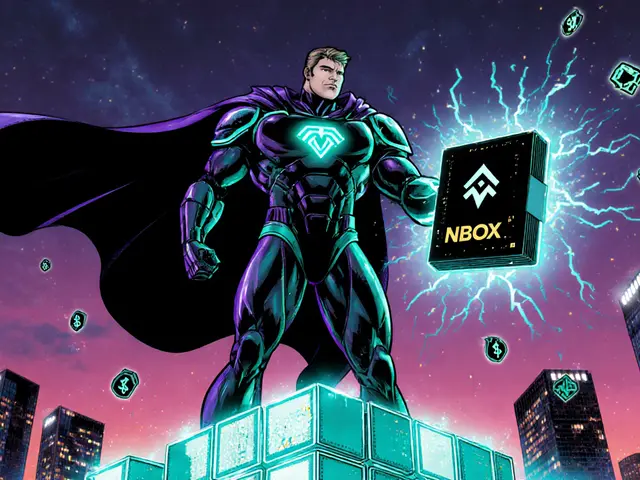Divergence Airdrop – Everything You Need to Know
When you hear Divergence Airdrop, a free token distribution tied to the Divergence project on the blockchain. Also known as DVG airdrop, it aims to reward early supporters and grow the community. The Divergence airdrop is part of a broader trend where projects hand out tokens to build momentum.
In the crypto world, an Airdrop, a promotional giveaway that distributes new tokens to eligible wallets works like a free sample at a grocery store – you try the product, the project gains users, and both sides benefit. The Divergence Airdrop follows that model but adds a twist: its tokenomics are tightly linked to the project's long‑term roadmap.
Speaking of Tokenomics, the economic design that defines supply, distribution, and incentive structures for a token, the Divergence token caps total supply at 100 million, allocates 20 % to the airdrop, and reserves the rest for staking, development, and liquidity. This design shapes the airdrop’s market impact because a balanced supply reduces price volatility after the drop.
How Eligibility and Distribution Work
Eligibility hinges on a simple rule: you must hold a supported Crypto wallet, a software or hardware tool that stores private keys and lets you interact with blockchain applications during the snapshot window. No KYC, no purchase required – just a wallet address on the supported chain. The snapshot records who qualifies, and a smart contract later executes the distribution.
Smart contracts enforce every step, from checking wallet balances to sending tokens automatically. This automation creates trust: participants can verify the contract code, and the project doesn’t need to manually process thousands of claims. In short, the Divergence Airdrop includes a fixed token supply distribution that the contract carries out without human intervention.
Because the airdrop uses a smart contract, the distribution schedule is transparent. Tokens are released in two phases: an immediate 50 % after the snapshot, and the remaining 50 % after a 30‑day lock‑up. This split encourages holders to stay engaged rather than dump the tokens right away.
Eligibility also requires that your wallet interact with the project's DeFi ecosystem at least once before the snapshot. Actions like staking, providing liquidity, or voting on governance proposals count as participation. This requirement ties the airdrop to real network activity, rewarding those who help secure the protocol.
From a community perspective, the airdrop serves three purposes. First, it spreads token ownership across a broad base, which improves decentralization. Second, it creates buzz that draws new users to the platform. Third, it fuels liquidity on decentralized exchanges, making the token easier to trade.
When you claim the airdrop, the smart contract automatically adds the tokens to your wallet. No extra steps, no gas fees for the claim (the project covers them). However, you will need a small amount of the native blockchain token (like ETH or BNB) to pay for the final transfer when you move the airdropped tokens to another address or exchange.
Risk is a reality with any airdrop. The main concerns are phishing scams that mimic the official claim page and market volatility after the release. To stay safe, always use the official project website, verify the contract address on a block explorer, and never share your private keys.
Regulatory landscapes differ by region, but most jurisdictions treat airdropped tokens as taxable income at fair market value when received. Keep a record of the snapshot date, the amount received, and the token’s USD price on that day – you’ll need it for tax reporting.
In summary, the Divergence Airdrop blends straightforward eligibility, transparent tokenomics, and automated distribution through smart contracts. It rewards active participants, boosts liquidity, and drives community growth while keeping the process trustless and auditable.
Below you’ll find a curated list of articles that dive deeper into each of these aspects – from detailed tokenomics breakdowns to step‑by‑step claim guides and risk management tips. Browse through the collection to arm yourself with the knowledge you need before you claim your share.





